Helping Children Succeed
What Works and Why
Number of pages: 144
Publisher: Houghton Mifflin Company
BBB Library: Education, Parenting
ISBN: 9780544935280
Editorial Review
Educators across the country are intimately familiar with the struggles of children experiencing adversity, as are social workers, mentors, pediatricians, and parents. If you work with kids who are growing up in poverty or other adverse circumstances, you know that they can be difficult for teachers and other professionals to reach, hard to motivate, hard to calm down, and hard to connect with. Many educators have been able to overcome these barriers (with some of their students, at least). But we’ve spoken with hundreds more in recent years, who feel burned out by, even desperate over, the frustrations of their work.
Book Reviews
Books on Related Topics
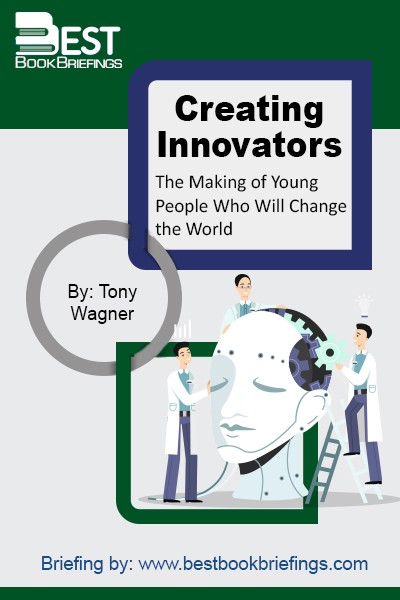
Certainly, being a young, educated adult is not the same now as it was even just a mere decade ago, with a rapidly changing world. To create innovators, from this Millennial Generation, not only means supplying the potential innovator with the right skills, tools and atmosphere, but also to supply the

Innovation and entrepreneurship provide a way forward for solving the global challenges of the 21st century, building sustainable development, creating jobs, generating renewed economic growth, and advancing human welfare. To prepare global, creative, and entrepreneurial talents, education should not harm any child who aspires to do so or suppress their curiosity,
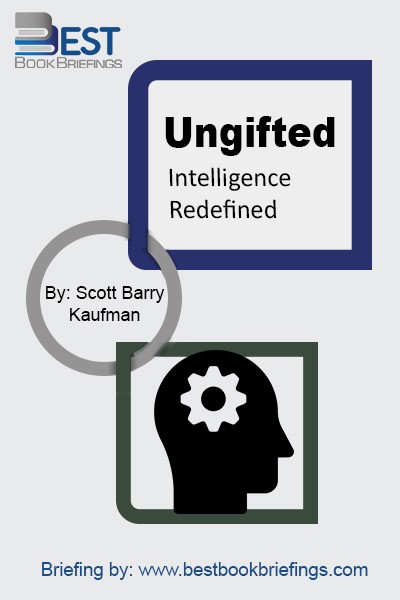
The IQ test is just a brief assessment of one trait. It doesn’t say anything about a person’s past or future potential. It’s only used to match a person to an intervention. Each person has numerous opportunities to demonstrate their intellectual prowess. A single test score certainly has no impact on
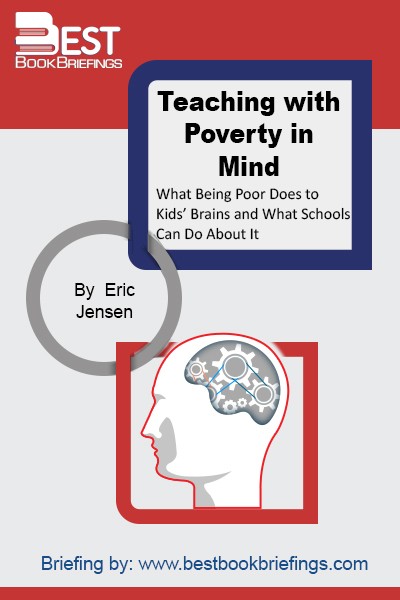
Poor children are exposed to adverse social and physical environments: lower-quality services, greater traffic volumes, higher crime rates, less playground safety, and no green spaces. They breathe contaminated air and drink impure water. Their households are more crowded, noisy, chaotic, unstable, and physically deteriorated. Their parents are uninterested in their activities, and
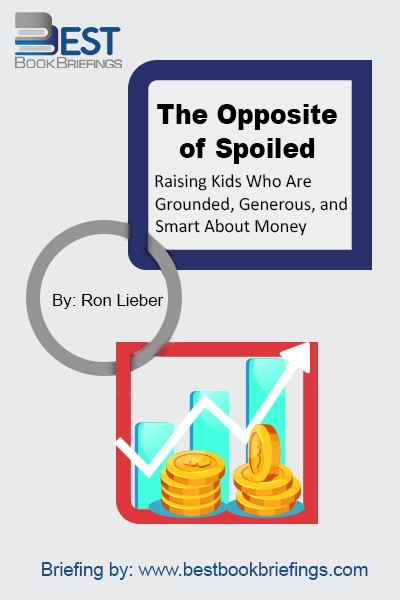
The Opposite of Spoiled is all about how, when and why to talk to kids about money, whether they are 3 years old or teenagers. Written in a warm, accessible voice, grounded in real-world experience and stories from families with a range of incomes, The Opposite of Spoiled is both a
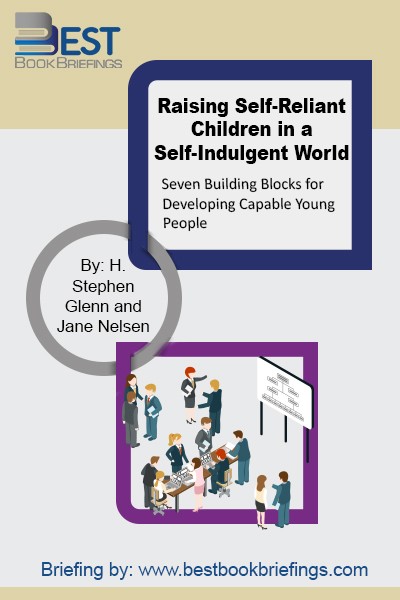
By many standards, the world is a much better today than it was forty years ago. Still, in the past, we could assume that children growing up, if they survived physically, would be equipped with the capabilities to act in their own behalf and pursue opportunities as adults. Today, when the



